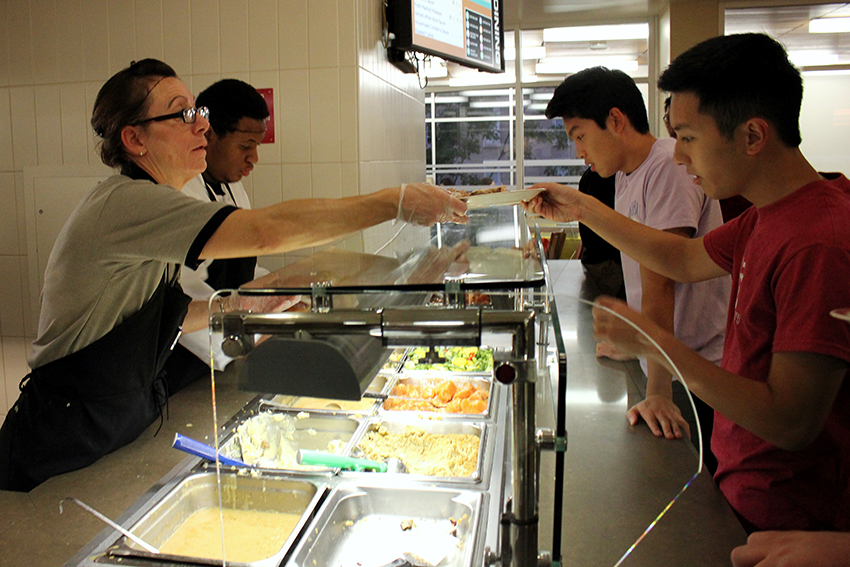Increased consumption of calories from food subsidized by the federal government may increase the chances of diabetes, heart diseases or stroke, according to a study by the American Medical Association.
The study states healthier food options are often more expensive than commodities subsidized by the government, which limits access to lower-income households and beneficiaries of food assistance programs.
Raj Patel, research professor at the LBJ School of Public Affairs, said cost and availability are important factors in the current lack of consumption of healthier foods.
“It’s much cheaper to buy bad food than it is to buy good food, that’s the problem,” Patel said. “It is important for us to consume more fresh fruit and vegetables, but the way the market currently stands we don’t produce enough.”
Patel said higher working wages has to be part of the solution.
“Of the 10 lowest-paid jobs in U.S., seven of those are in food industry ranging anywhere from field work to waitstaff, or washing dishes,” Patel said.
Patel said that food industry leaders are not particularly keen to support higher working wages for workers.
“There’s a lot of power that bosses have in the food industry,” Patel said. “They are very politically connected and the National Restaurant Association is often referred to as the other ‘NRA.’”
Lindsay Wilson, a dietitian in UT’s Division of Housing and Food Service, says when considering food options, DHFS has to be mindful of the cost.
“A fantastic healthy quinoa brand may have terms such as ‘local’ and ‘non-GMO,’ but if we are paying $50 a pound, we may look for something with a more competitive price range so we don’t pass off that additional cost to students,” Wilson said.
Wilson said DFHS doesn’t necessarily pit the cost versus healthiness of food options against one another.
“We look at a bigger picture and how that affects our operations,” Wilson said. “We want balance, and variety, and to think about contrast within our menus, the color of food options and eye appeal.”
Darla Stewart, DHFS purchasing projects and procurement associate director, said a purchasing agent is always spinning several plates at the same time when finding room in the budget for healthier options.
“If I can leverage with one company, say our compostable plate company, those savings can be reinvested into the food,” Stewart said.
DFHS, which operates on a budget of around $8 million a year, does not receive University or state funding for food services and is able to make independent purchasing decisions.
“We have a partnership with a farmer, and we do have a lot of local produce, we buy as much as we can locally,” Stewart said.
Stewart says local partnerships can also help secure the safety of the food purchased.
“A benefit from buying local happened when the large national recalls happened on spinach and eggs, we were not affected by either recall,” Stewart said. “Even though ours may be a few pennies more per case, we trust the source.”
Plan II senior Ariella Noorily said in an email one out of every five students at UT has experienced some form of low food security, but DFHS assists these students well.
“This gives students living on campus the ability to buy healthier food options at lower prices,” Noorily said. “However, off-campus students who are suffering from low food security traditionally do not have access to the benefits of the dine-in dollar program because it was created specifically for on-campus students.”
Noorily, a member of the Texas Orange Jackets’ spring 2016 tap class, helped create a fund called Food SecureUT which aims to alleviate hunger on campus.
“This fund, which is run through Student Emergency Services, will provide money in the form of dine-in dollars for students who need assistance but do not live on campus,” Noorily said. “Hopefully this will allow all students to take advantage of the low-cost healthy food that our University has to offer.”















